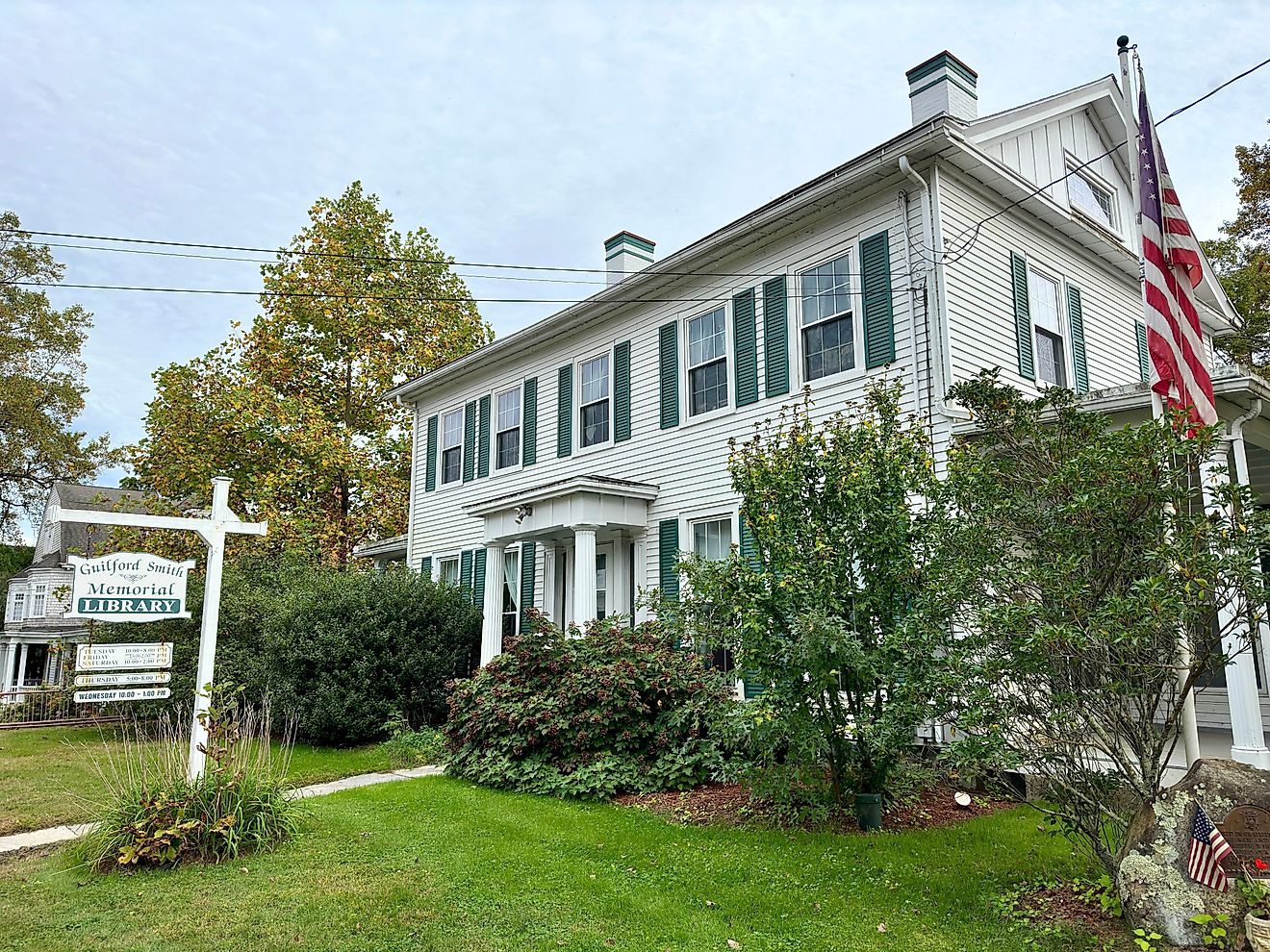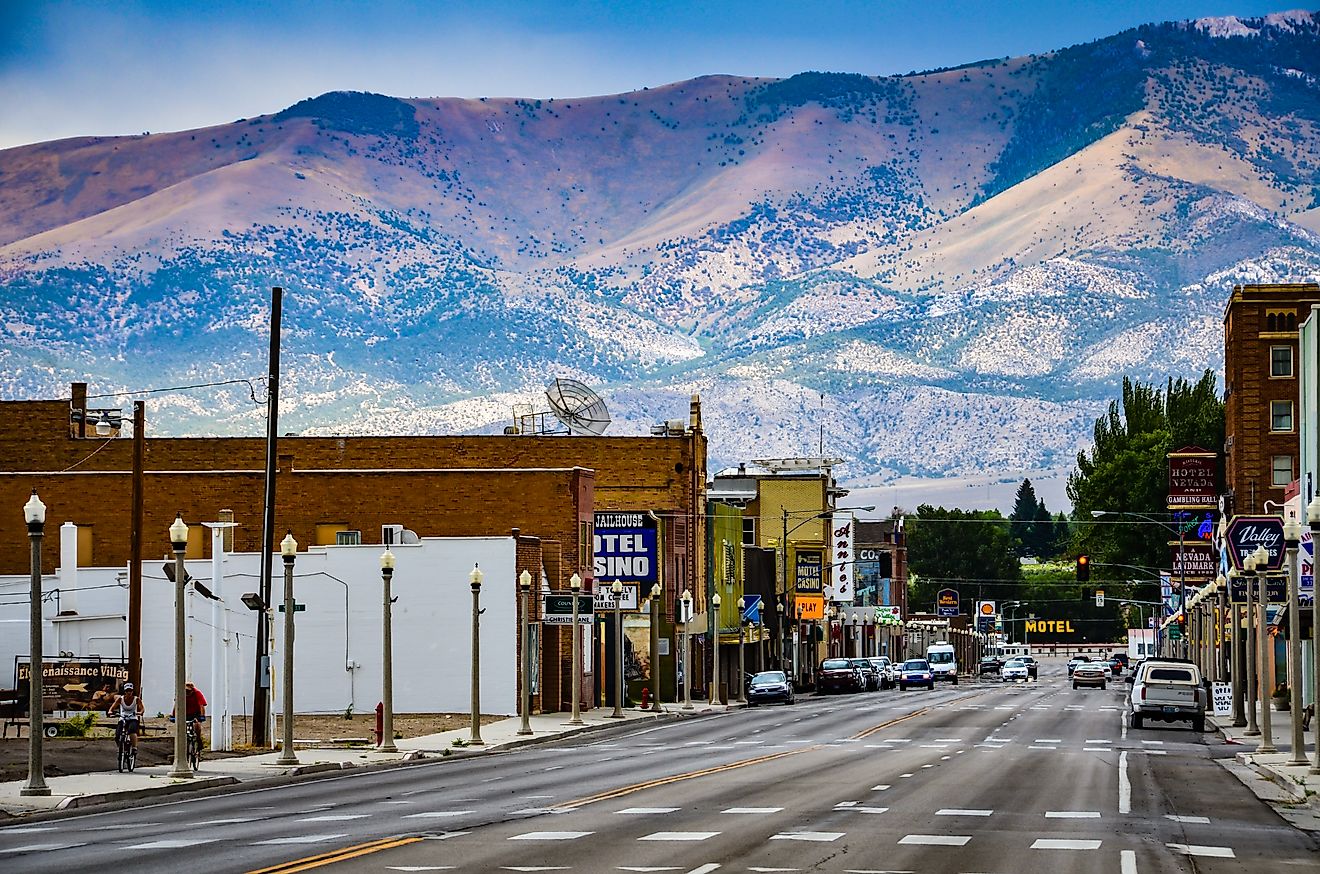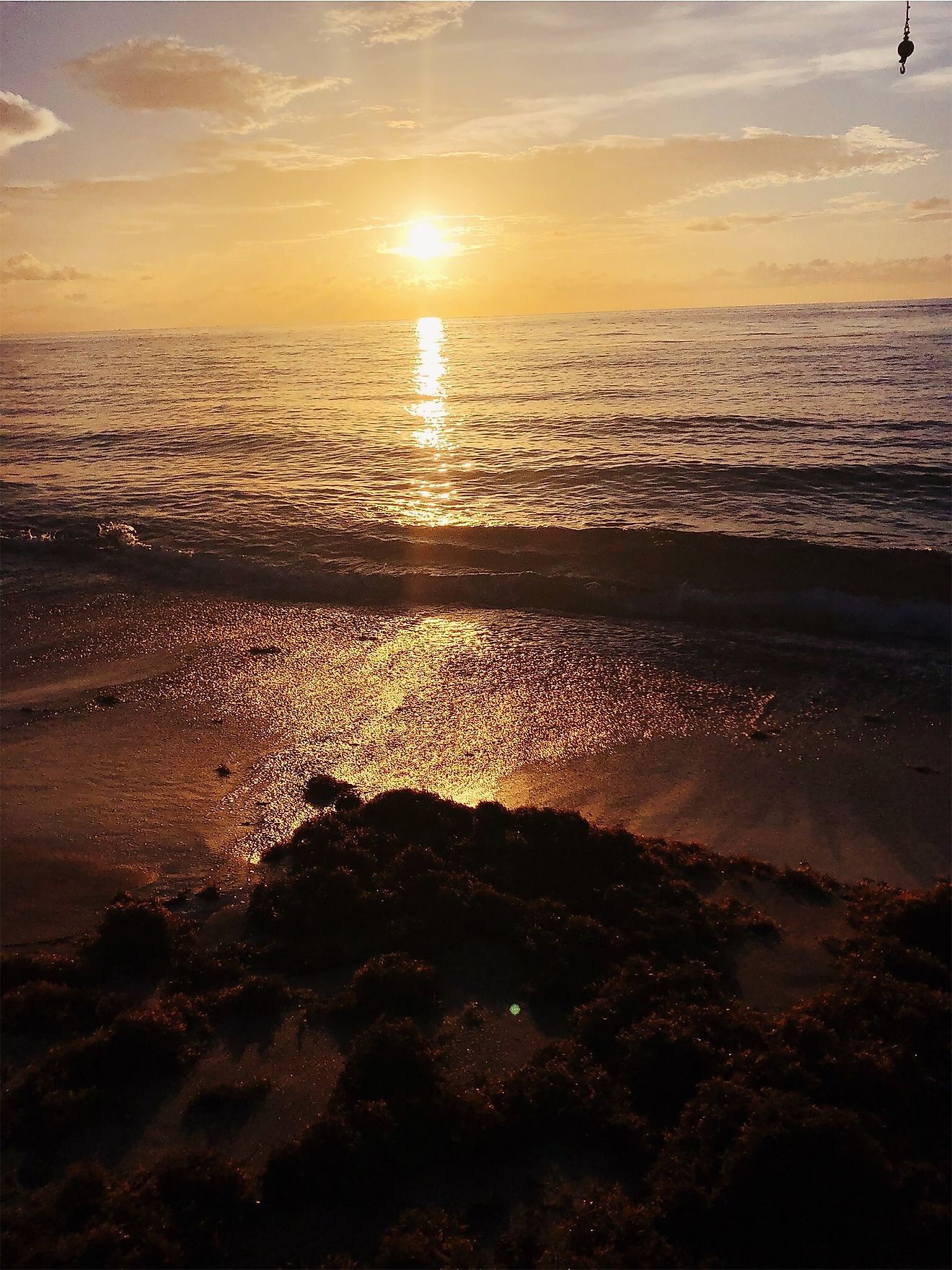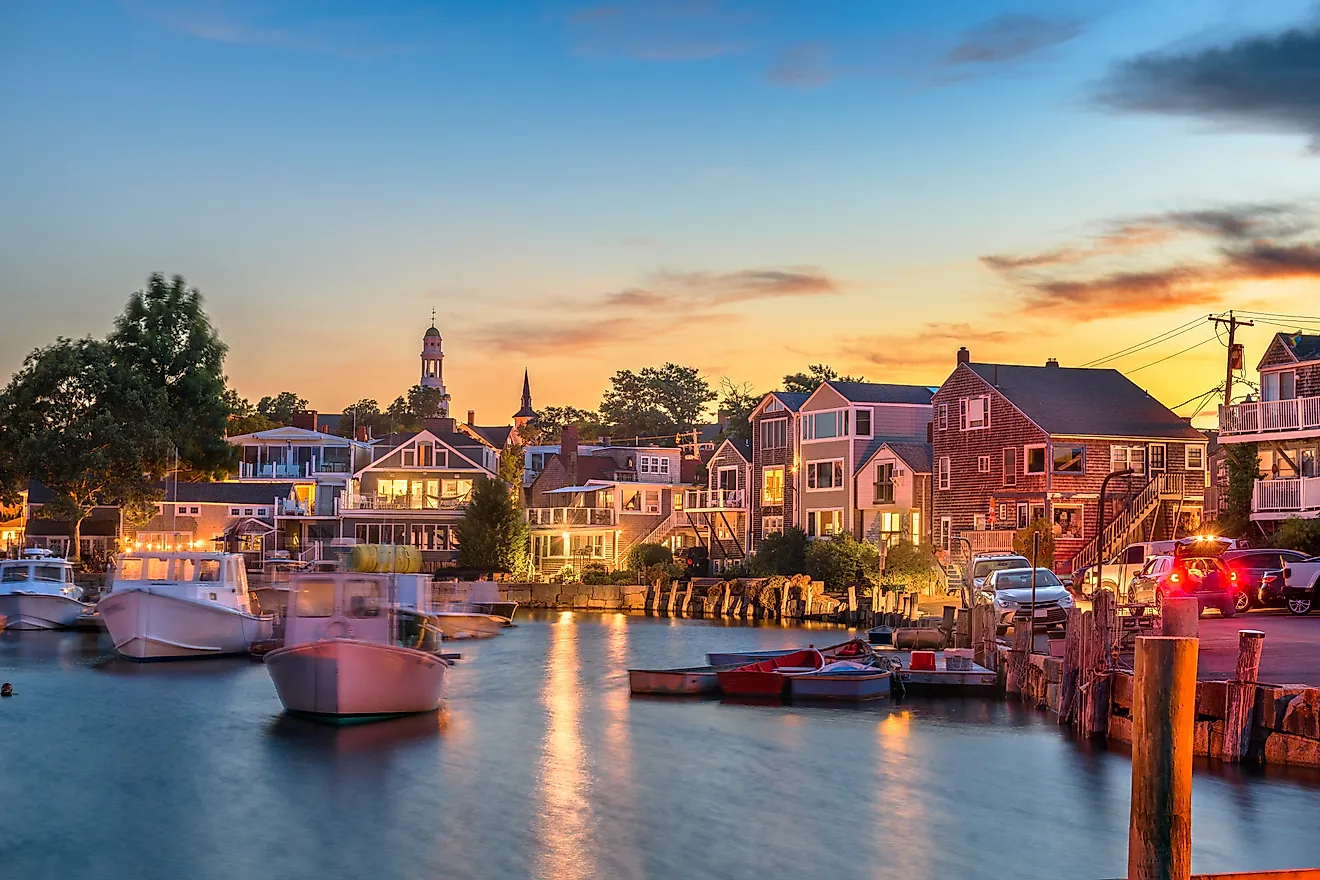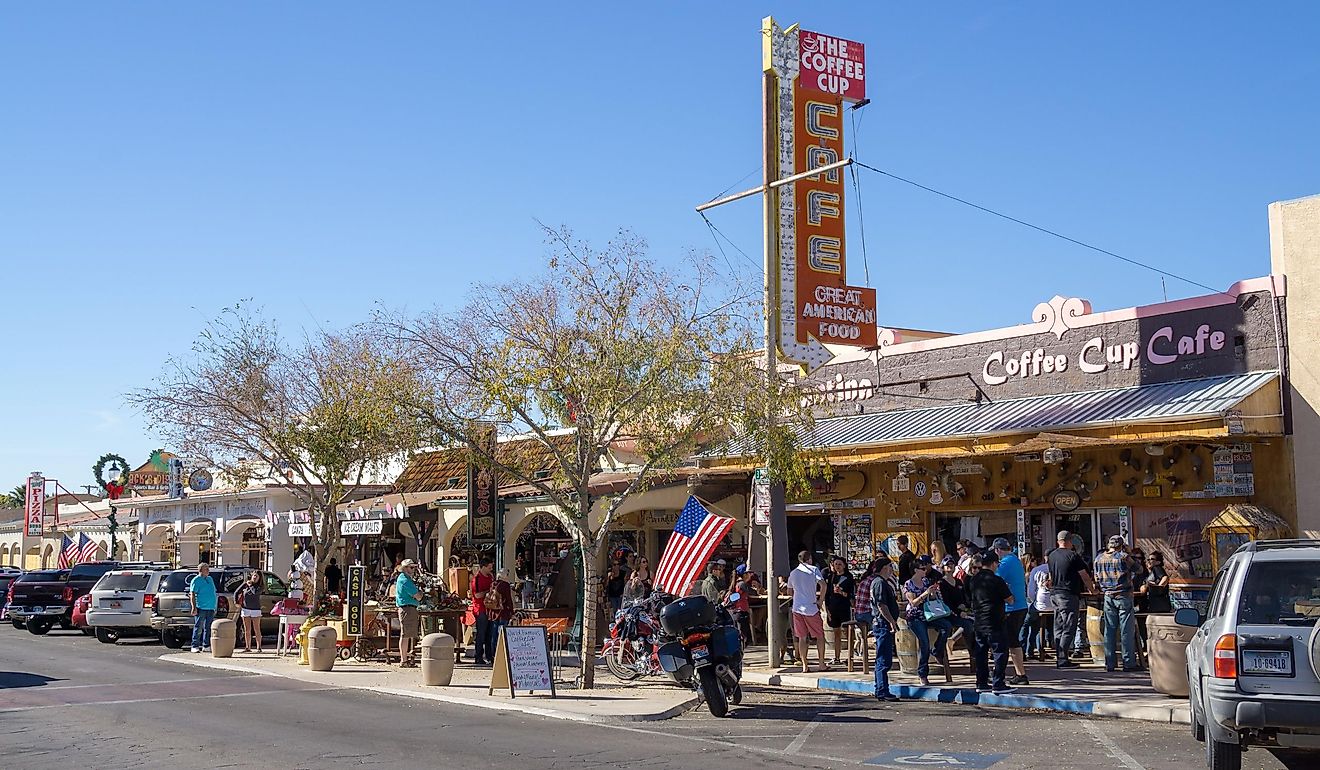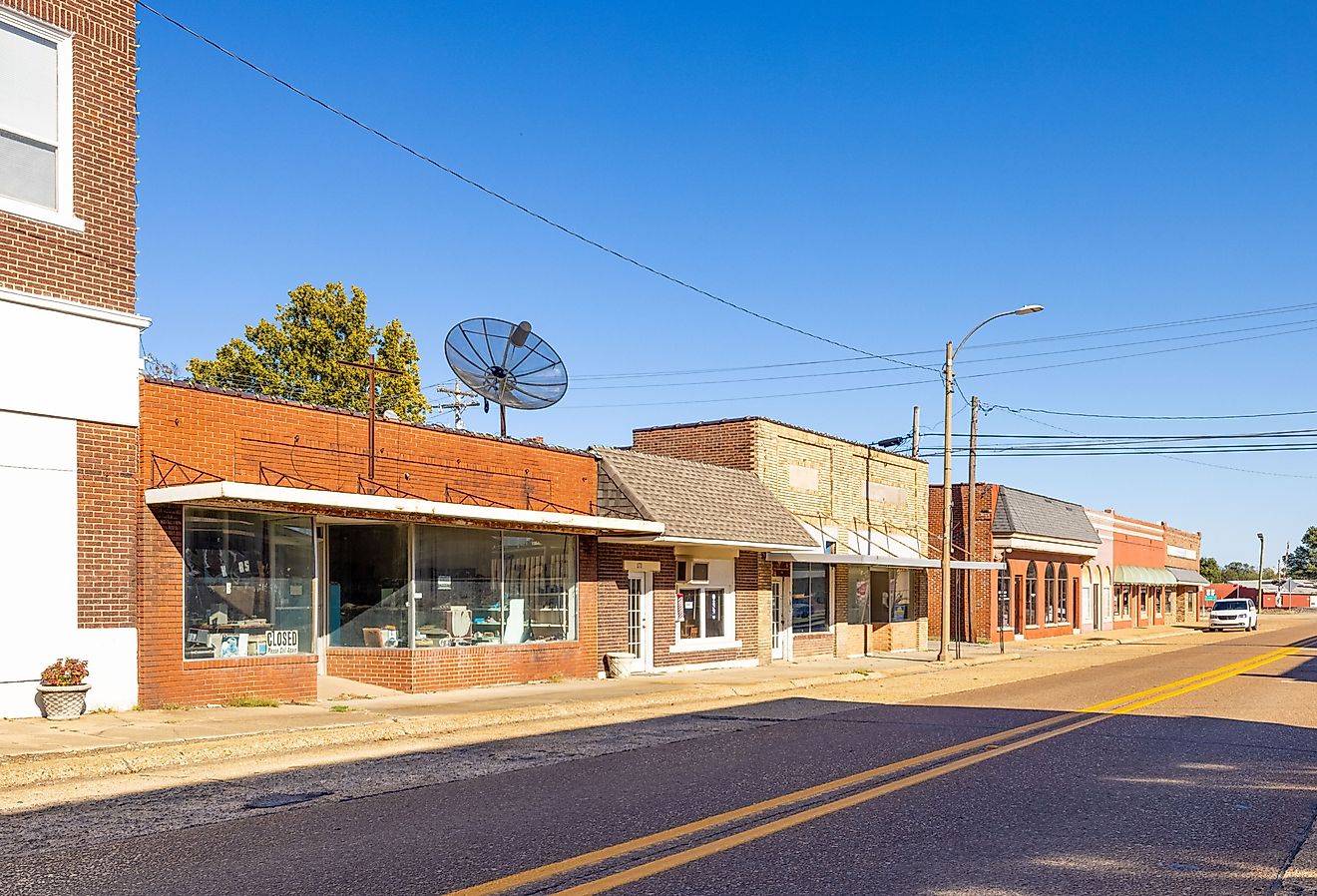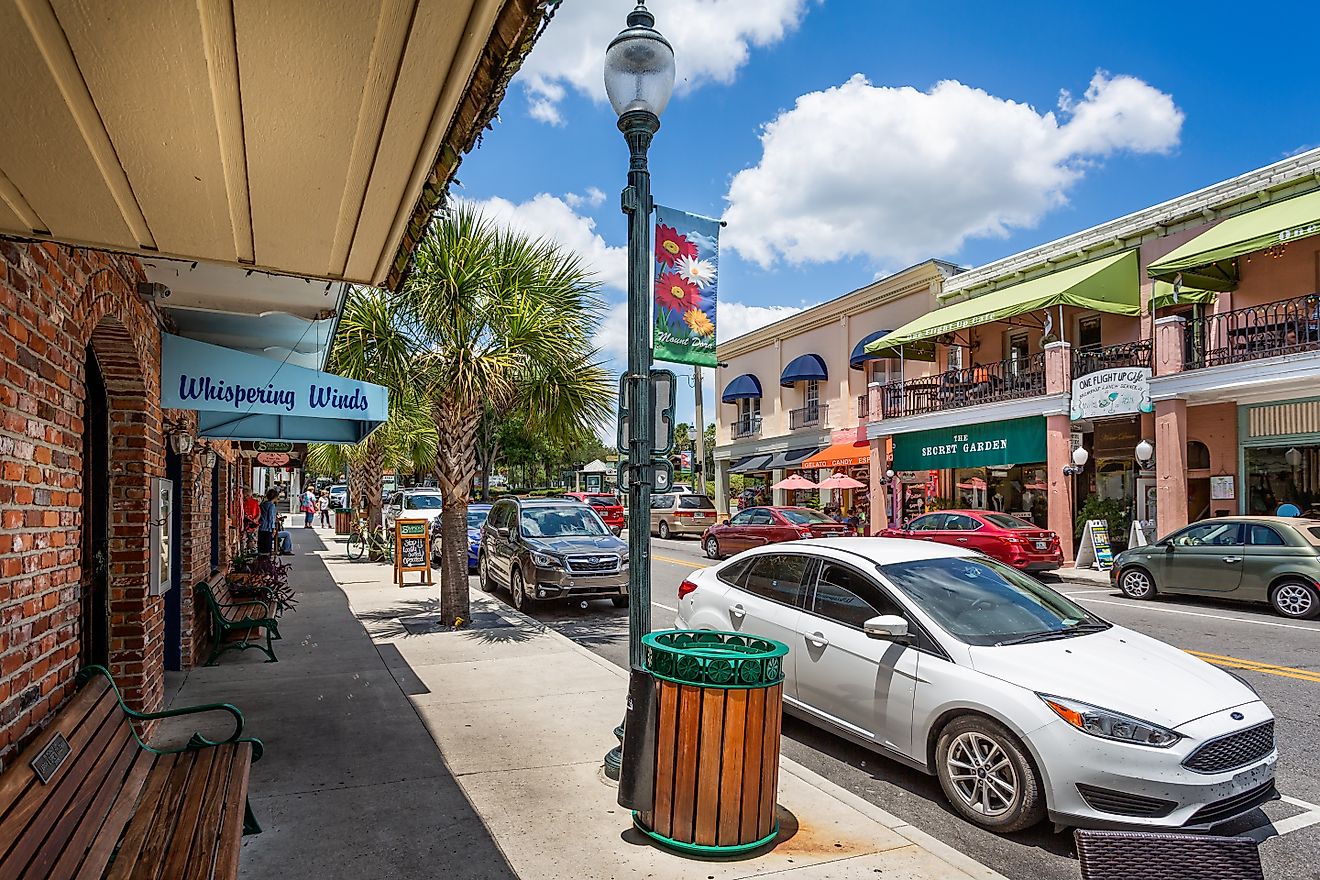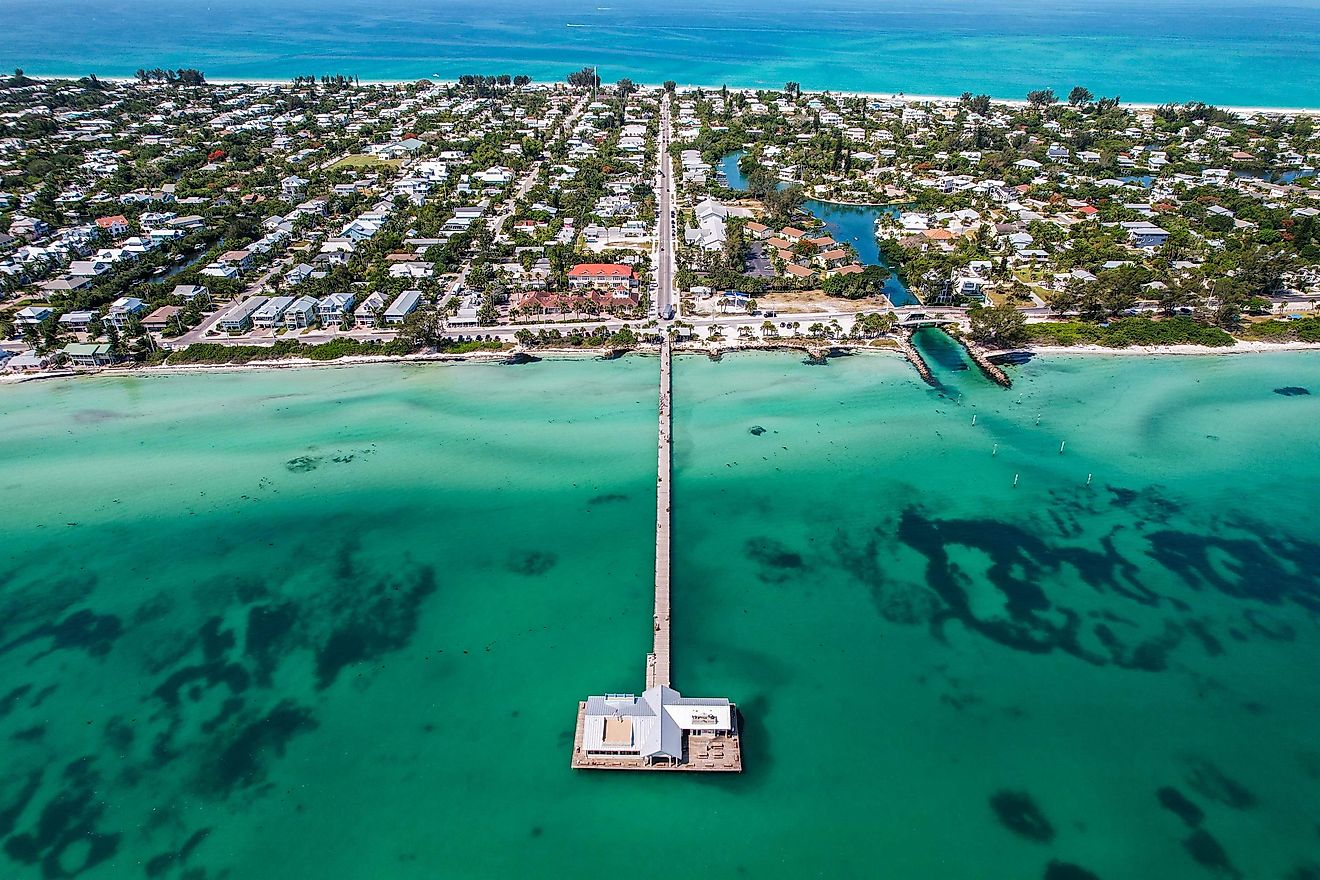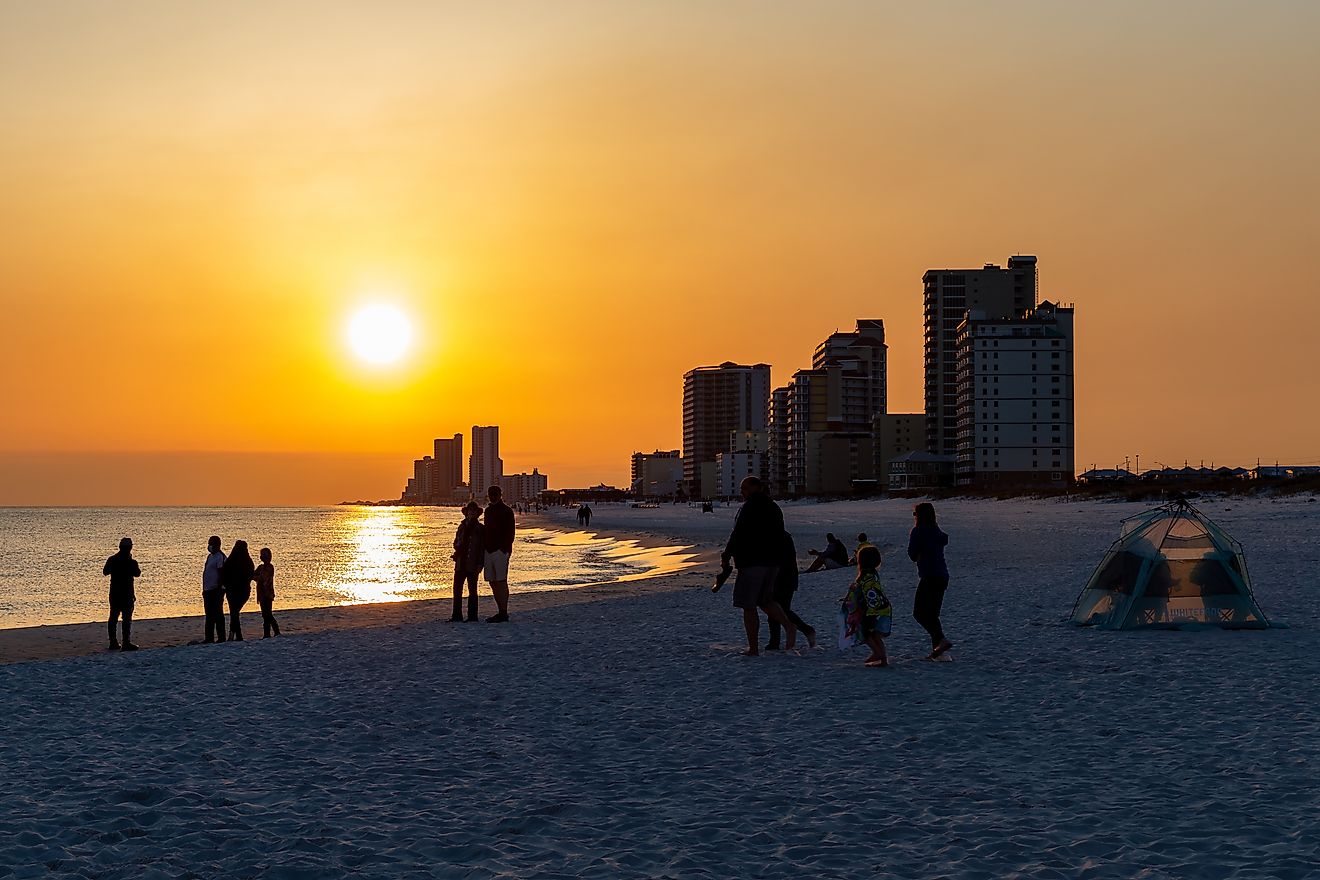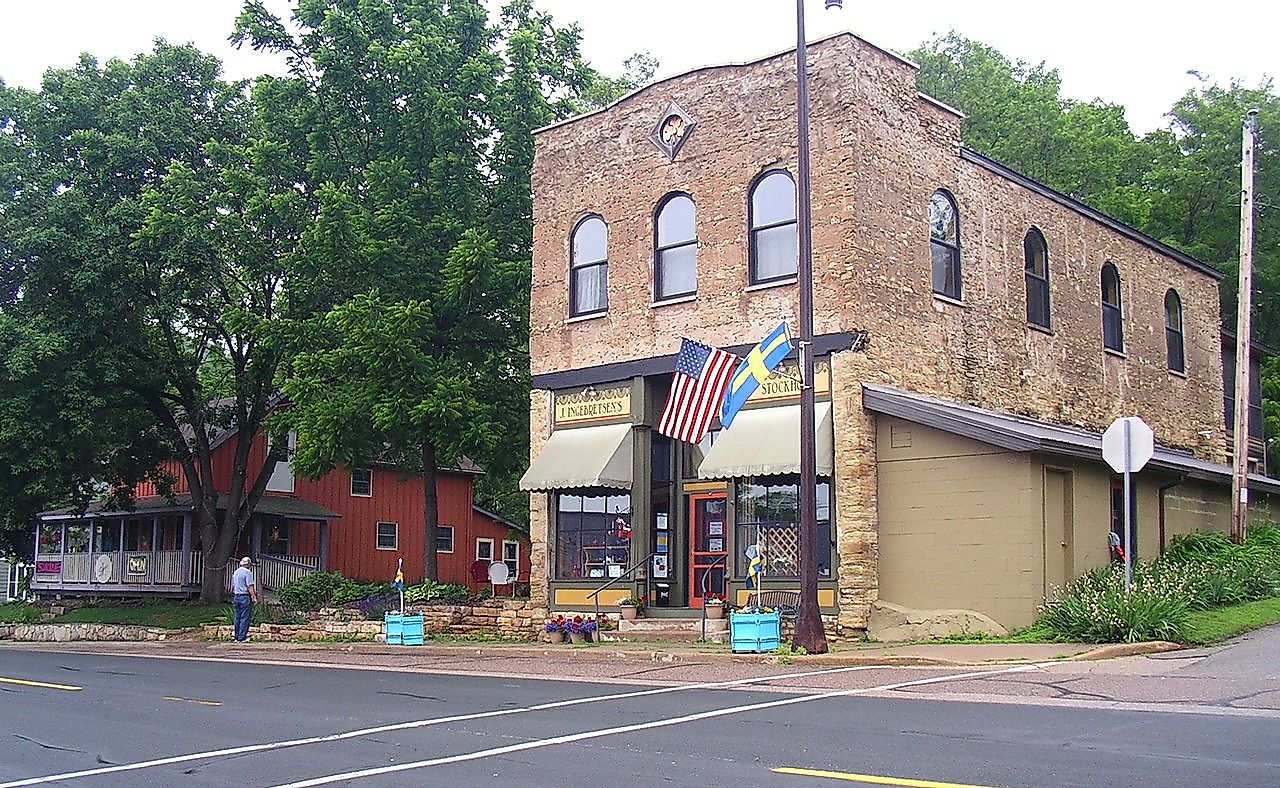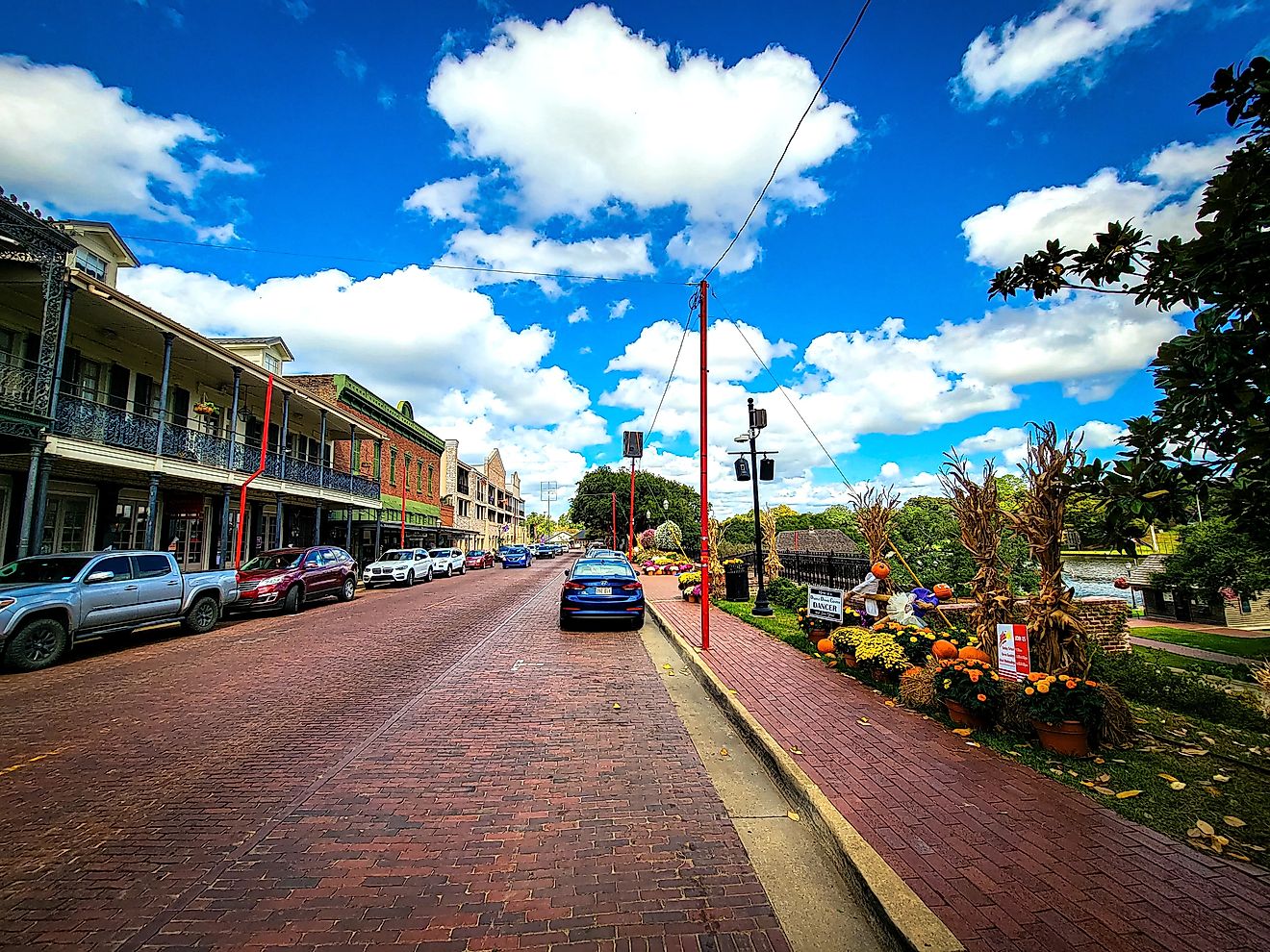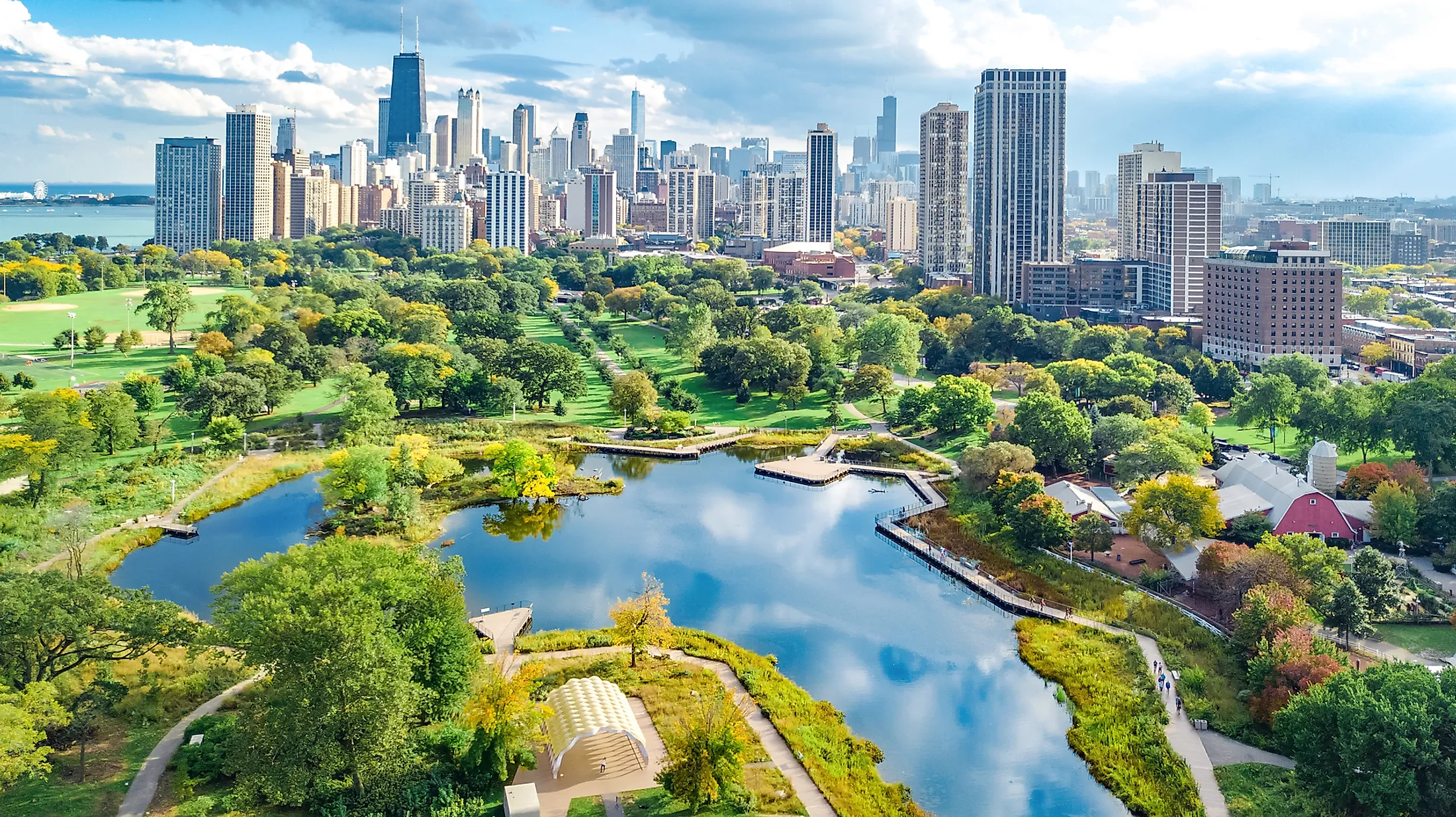
Chicago, Illinois
Chicago is the largest city in population in Illinois and the third-largest in the US. This makes it a diverse place that can offer a peak of everything. It is known for its bold architecture, being the first home of a skyscraper, and for its art collection and the jazz community. Situated on the banks of the third-largest lake of the Great Lakes, Chicago's location has aided the metropolitan area it belongs to become one of the world's largest and most diversified economies. As such, Chicago has always been and continues to be a hub for business, recreational activities, and culture.
Geography Of Chicago
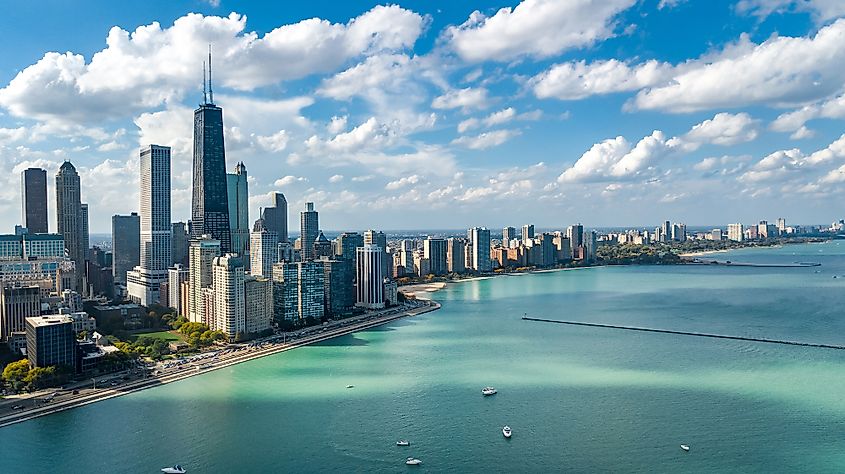
Chicago occupies 228.4 sq miles at the southeast tip of Lake Michigan in Northern Illinois. Some of the closest major cities are in Wisconsin, such as Milwaukee at 83.1 miles and Madison at 122.8 miles. Chicago lies on a relatively flat glacial plain as it once was at the bottom of Lake Chicago. The city is grounds for the flow of the Chicago River. Its two branches flow through Chicago, dividing it into thirds until the branches are joined 1 mile west of Lake Michigan. The city's richness in water bodies doesn't end there, as the industrial southeastern part encompasses Lake Calumet. This lake forms a water network by being connected to Chicago Sanitary and Ship Canal by the Calumet Sag Channel and Lake Michigan by the Calumet River.
Climate Of Chicago
Chicago's climate is hot summer continental, according to the Köppen classification system. This makes the summers warm, humid, and wet and the winters freezing, snowy, and windy. The warm season lasts from June to September, with the hottest month being July. It scores the highest average temperature at 76°F. Meanwhile, January has the lowest average temperature at 27°F, which makes it the coldest month as part of the winter season that extends from December to March. January is also the cloudiest month of the year when the sky is overcast or mostly cloudy 59% of the time. Although Chicago experiences seasonal fluctuations, it generally remains partly cloudy year-round. The clearest month of the year is July, where the sky is clear, mostly clear, or partly cloudy 67% of the time. Precipitation is most commonly rain, where the rainiest month is June, with an average rainfall of 3.5 inches, and the least rainy month is January, with an average rainfall of 1.0 inches. Although it's also the muggier season in humidity, the period from mid-June to mid-September enjoys the longest sun hours, making it the optimal time to visit Chicago for warm-weather activities, based on the tourism score.
Population And Economy Of Chicago
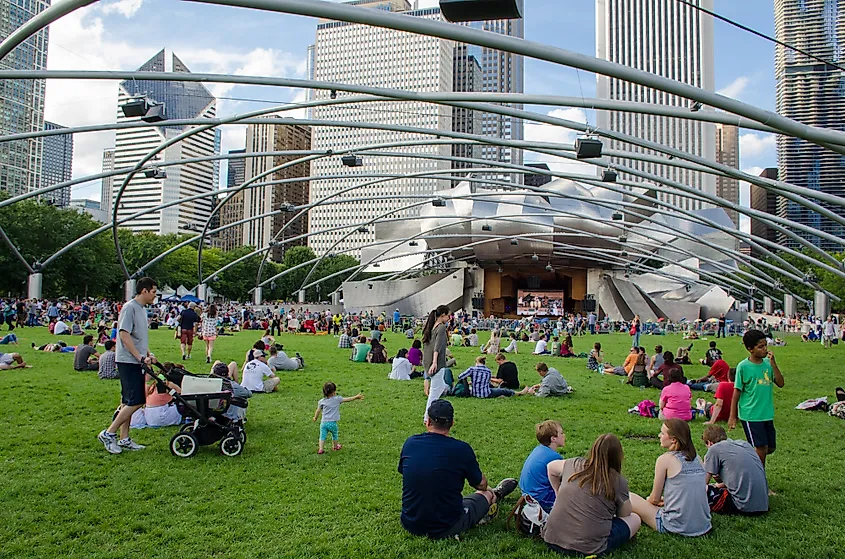
Chicago has a total population of 2,746,388, according to the 2020 United States Census Bureau. Like other US cities, Chicago has been witnessing a decline in population in the last few decades in favor of the surrounding suburbs. The median age is 34.8, where the population is divided into 20.5% under 18 years, 66.8% between 18 and 64, and 12.7% 65 years and over. Chicago is known for its diversity as 53% of its population are not US citizens. This diversity translates to a heterogeneous mix of racial backgrounds. The most recent census revealed the racial composition to be 49.99% White, 29.62% Black or African American, 6.63% Asian, 0.31% Native American, 0.03% Native Hawaiian or Pacific Islander, 2.85% multiracial, and 10.58% belonging to other races.
As for the economy, Chicago has a median household income of $62,097. It has a 61.8% employment rate, with the majority employed in private companies. As for the field, the majority work in management, business, science, and arts occupations. This distribution corresponds to the educational backgrounds of 41.1% of residents possessing bachelor's degrees or higher. As for poverty rates, 17.3% of people struggle with poverty in Chicago.
Brief History Of Chicago
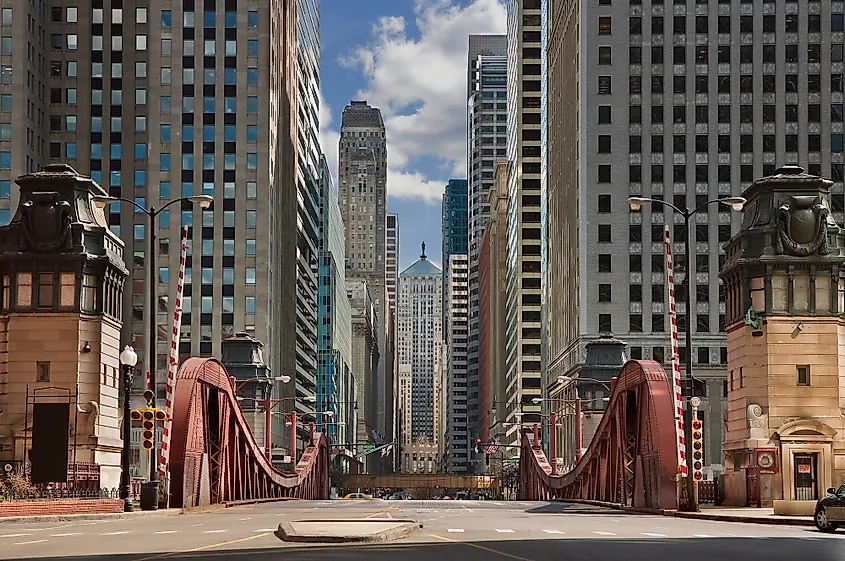
Before the Marquette and Jolliet expedition of 1673, the Miami, Sauk, Fox, and Potawatomi tribes lived in the area. It is possible that the name of the city came from a Miami Indian origin, where "Chicago" might refer to the wild leeks that grew on the bank of the short Chicago River. The very first non-indigenous settler in Chicago was a trader named Jean Baptiste Point du Sable, who had mixed African and French ancestry. In 1803, the US government built Fort Dearborn on the south bank of the Chicago River, only to be destroyed in 1812 following the Battle of the Fort Dearborn. It was then rebuilt in 1816 and demolished permanently in 1857. The city saw many struggles before its foundation, with the 1832 Black Hawk War ending the last of the Native American resistance. In 1833, Chicago was incorporated as a town, but it continued to grow to reach 4000 inhabitants in 1837, which led to its incorporation as a city. Following many innovations and installations such as railroads, grain elevators, and the telegraph, the city quickly became the world's largest grain port in 1854, with more than 30,000 residents. Following years that saw Chicago go through the Great Fire, rebuilding, and growth, the city presented the world with the very first skyscraper, the Home Insurance Building, in 1885, to become its distinctive character to this day.
The general disruption and chaos incurred by World War I caused the flocking of African American immigrants to Chicago from the South. This cultural difference from Chicago's established European ethnic groups caused violence in the city. The tension continued throughout the years when Chicago became home to 3 million people from discrepant backgrounds and classes in the 1930s. Postwar years showed a shrinking of the population with people moving to suburbs and implications of reforms in poor neighborhoods.
Attractions In Chicago
The Art Institute of Chicago
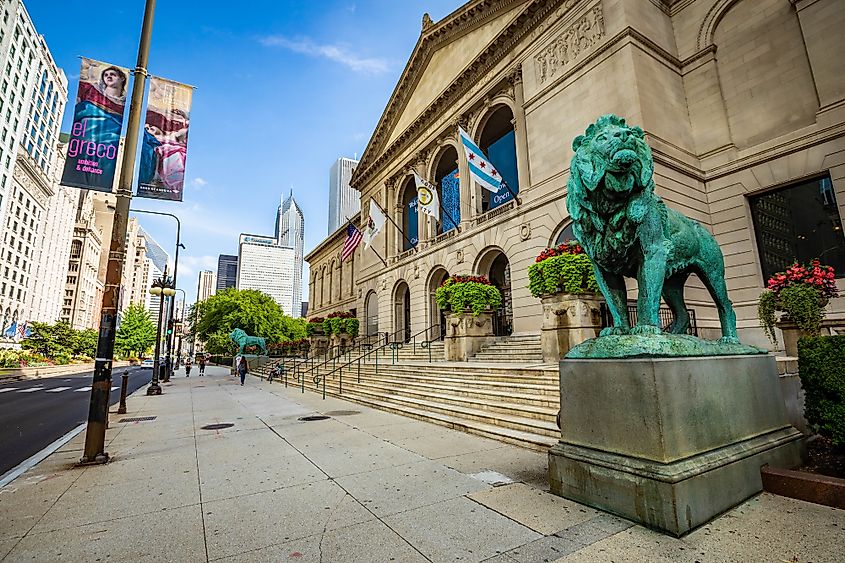
You can't see Chicago without its art. Being home to some of the important 20th-century architects and artists, the institute offers a collection that extends through thousands of years, countless countries, and almost all the different forms of art. It is especially famed for its Impressionist and post-Impressionist work. The building itself, now a complex, is built in beaux-arts style.
Navy Pier
First established as an amusement park in 1916, Navy Pier is now Chicago's waterfront treasure. It lies on 50 acres of land, offering every fun attraction from gardens and parks to shops, concert venues, and restaurants.
Wrigley Field
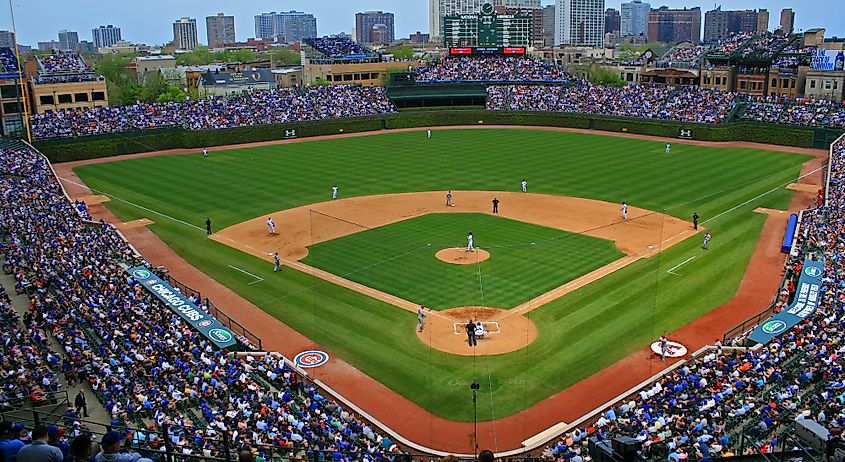
Home to Chicago's Cubs, and the second-oldest Major League Baseball Park in the US, Wrigley Field has seen some of the most historic moments in Baseball and continues to do so until today. So, sit on those bleachers and watch the field where Babe Ruth's "called shot" took place 90 years ago.
Chicago has been a home for countless ethnicities since its foundation and has witnessed and taken part in events that have shaped the course of history and innovation in the US and the world. It is a beautiful city with diversity in its people, places, culture, and opportunities. Chicago has earned many names, from "Windy City" to "Chi-town," and it has many stories to tell for those.
